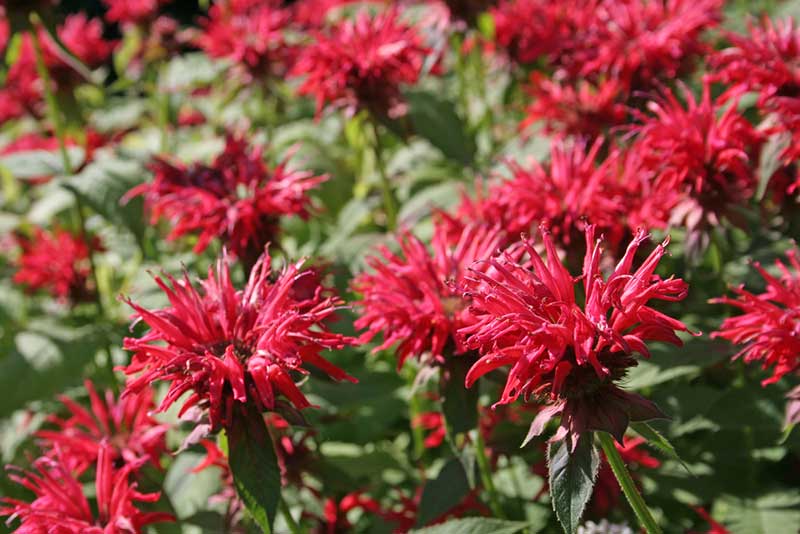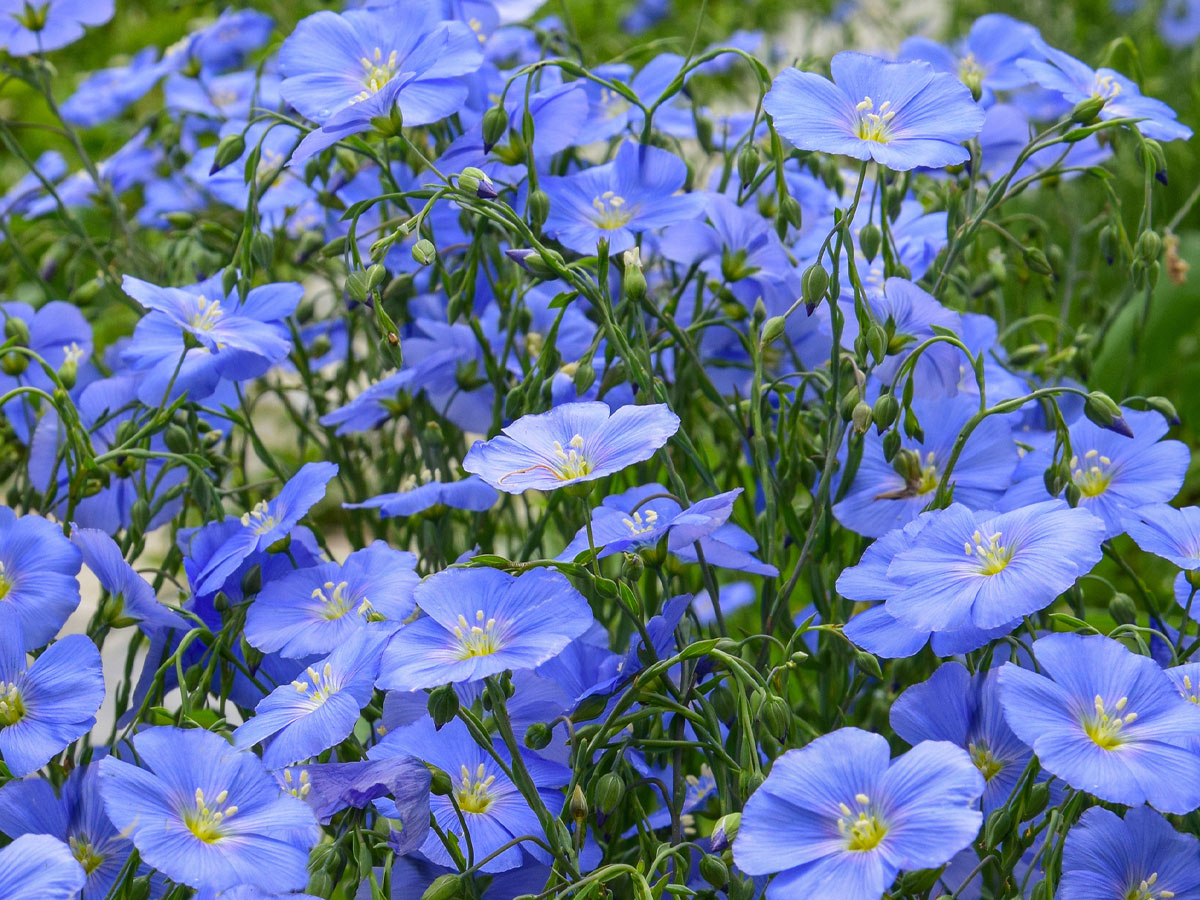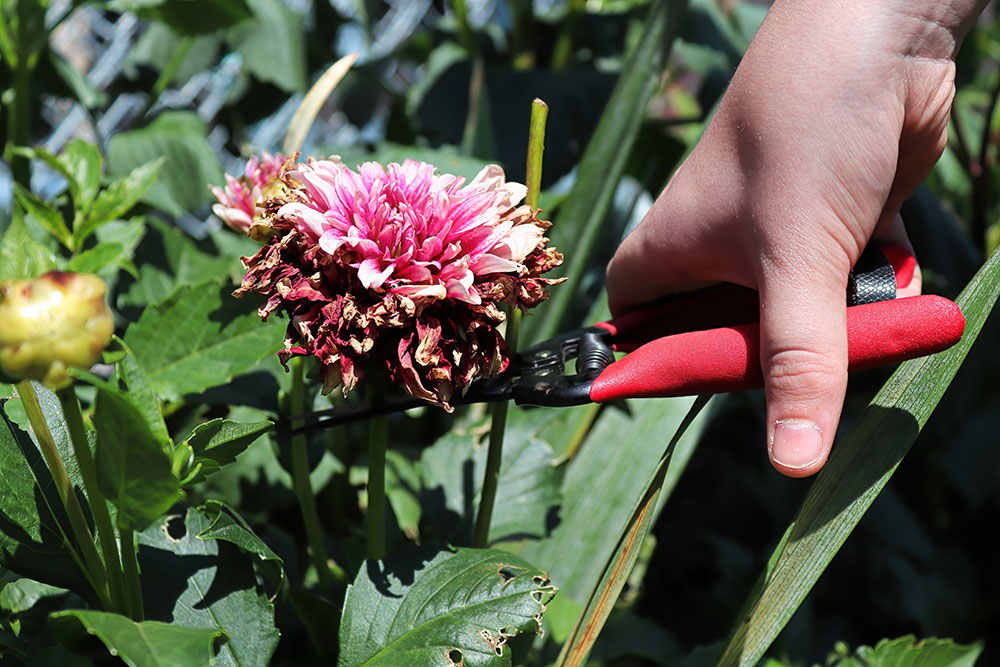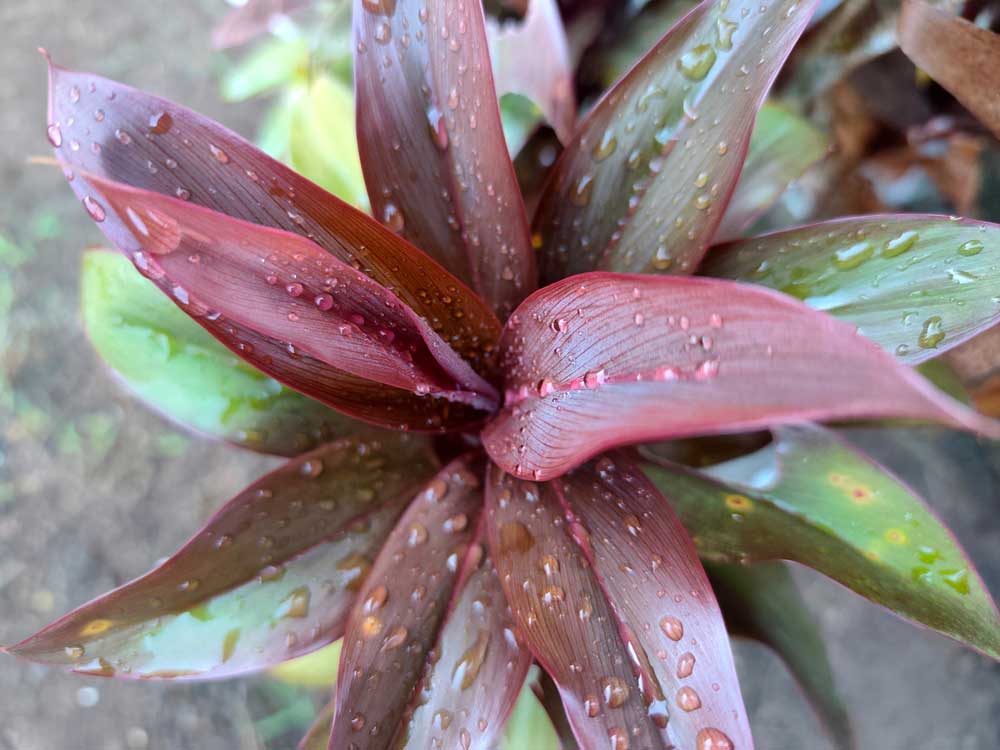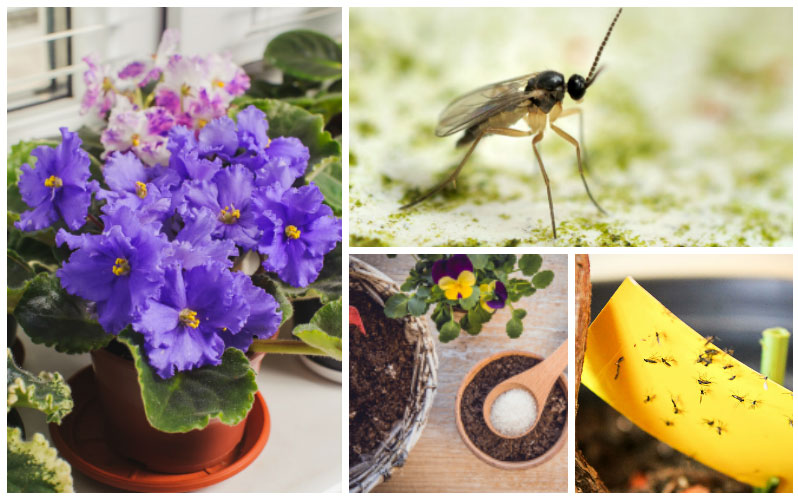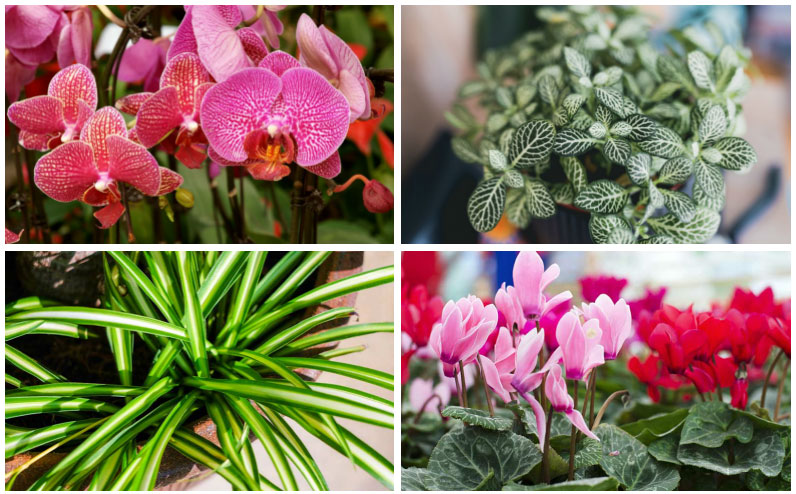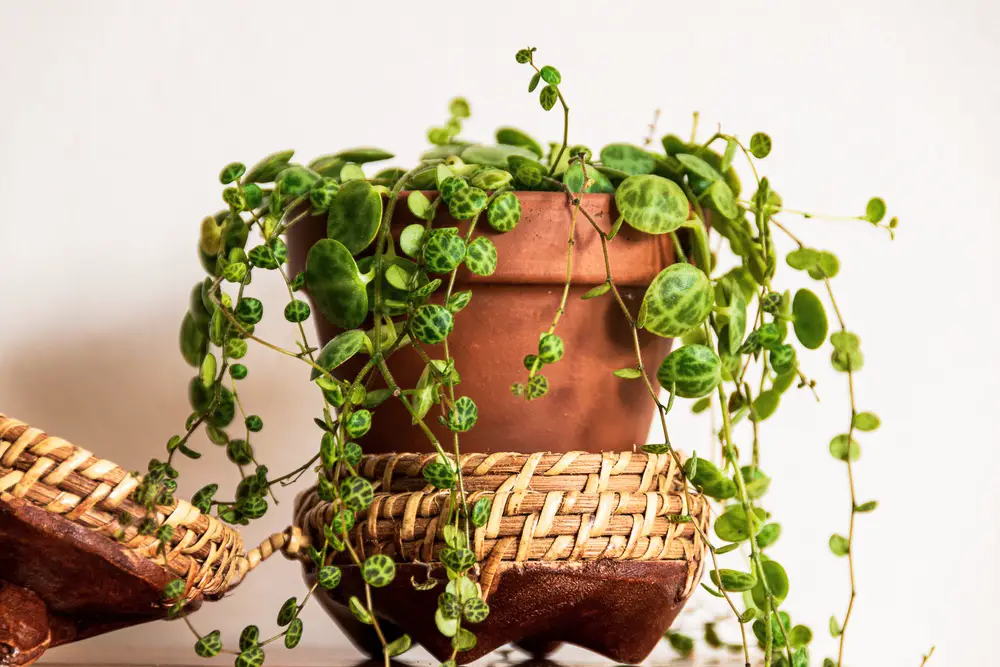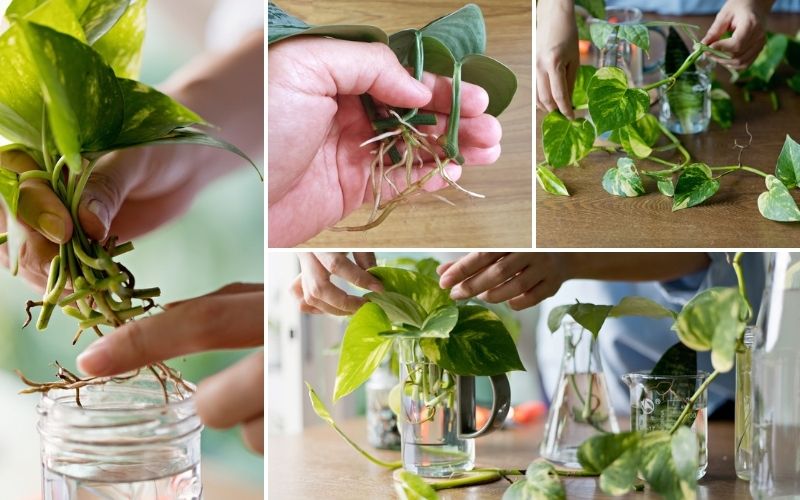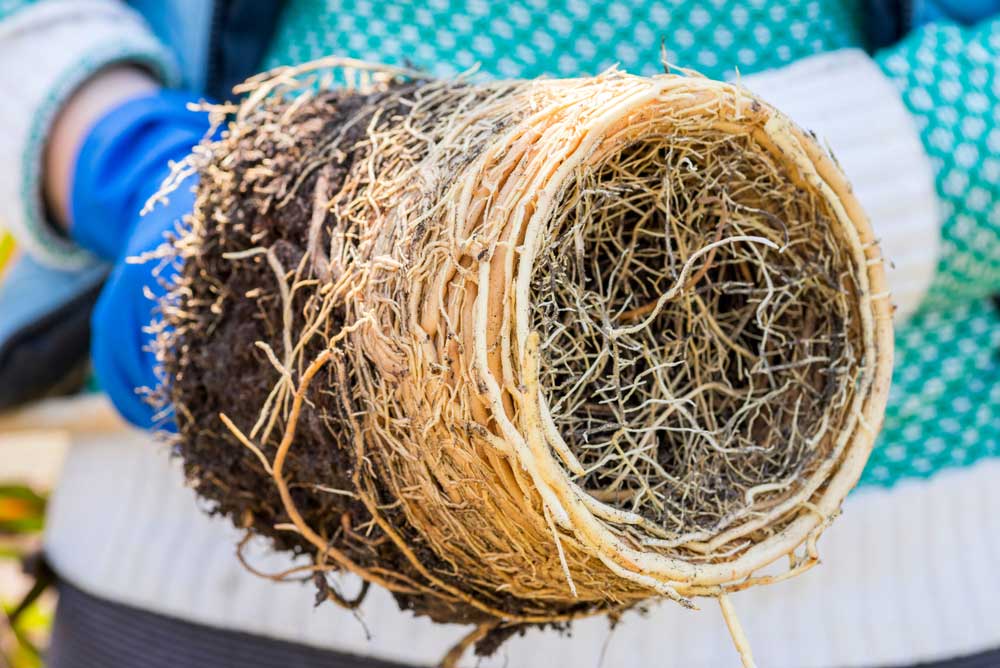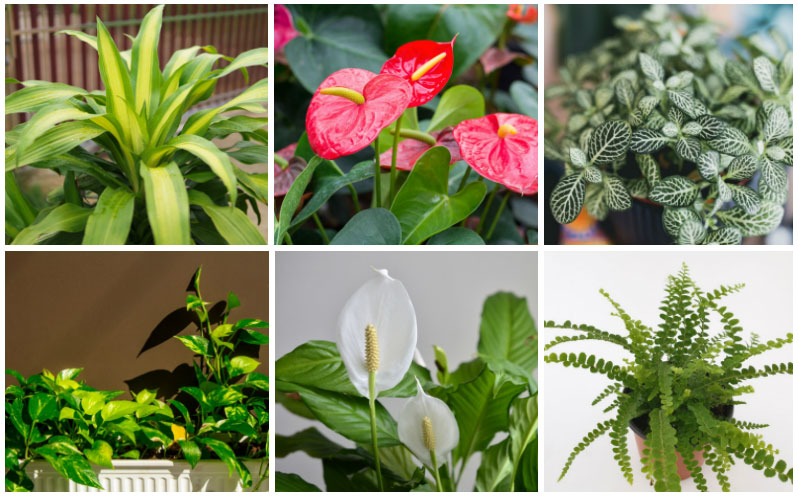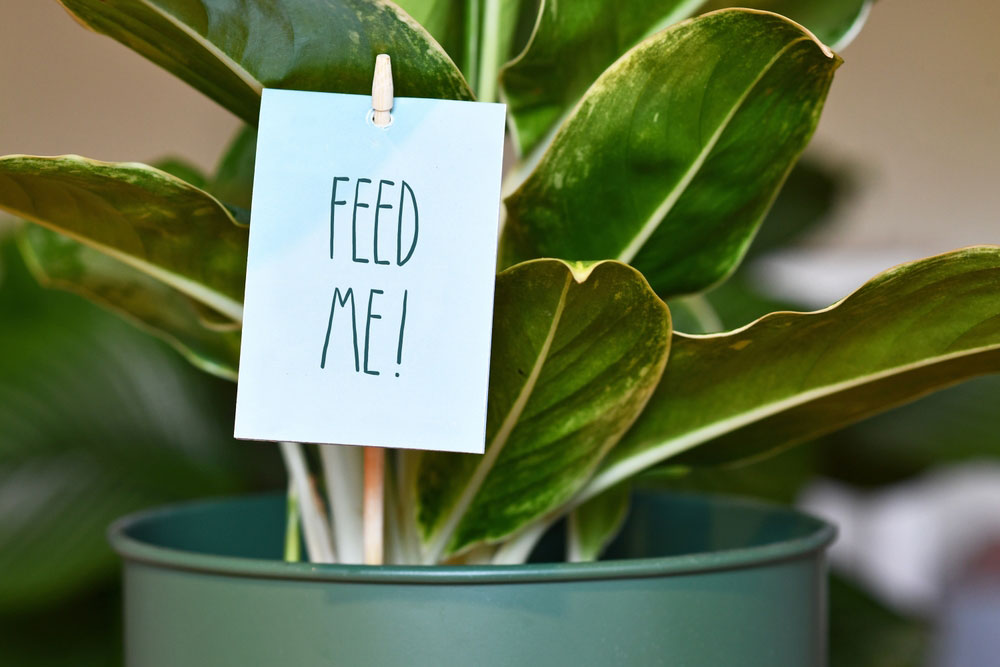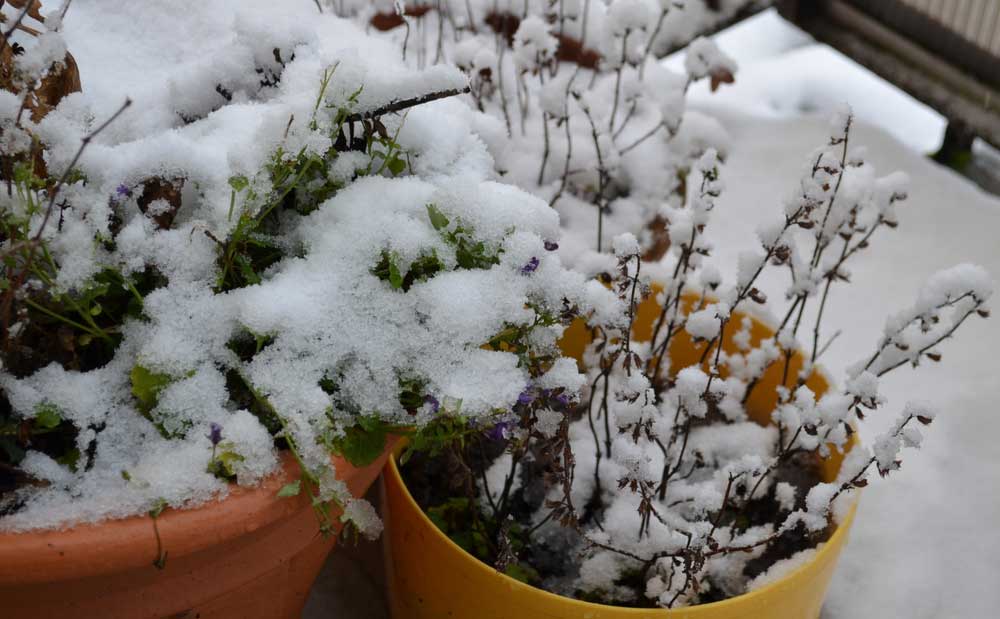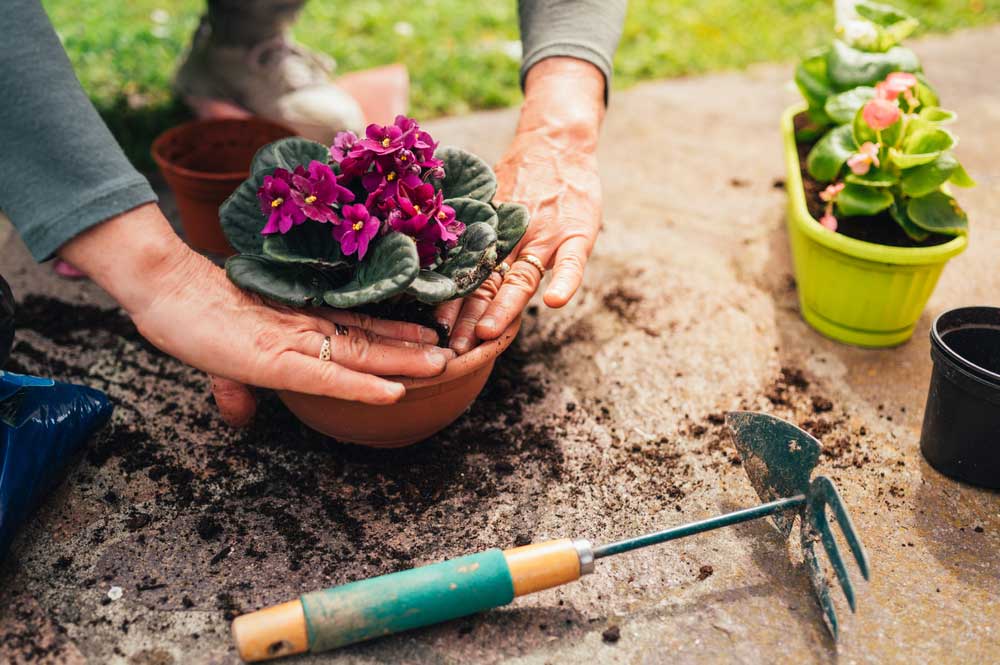
You know that sinking feeling when you bring home a beautiful new plant, pot it up in what you think is perfectly good soil, and then watch it slowly decline despite your best efforts?
Well, here’s something that might surprise you: the problem might not be your watering schedule or the light in your home – it could be that you’re using the wrong potting mix!
But what makes one soil different from another, exactly? And why do some plants seem to thrive in basic potting soil while others act like you’ve planted them in concrete?
Today, we’ll go over one of the most overlooked aspects of houseplant care: matching your plants to the right growing medium.
Some plants are incredibly fussy about their soil requirements and will never be truly happy in regular potting mix, while others are wonderfully adaptable and will flourish in whatever decent soil you give them.
Let’s look at which plants are secretly struggling in your standard potting soil, and which ones are perfectly content with whatever you’ve got on hand!
The 5 Plants That Need Special Soil (Stop Using Regular Potting Mix!)
1. Orchids (Phalaenopsis, Dendrobium, and most epiphytic species)
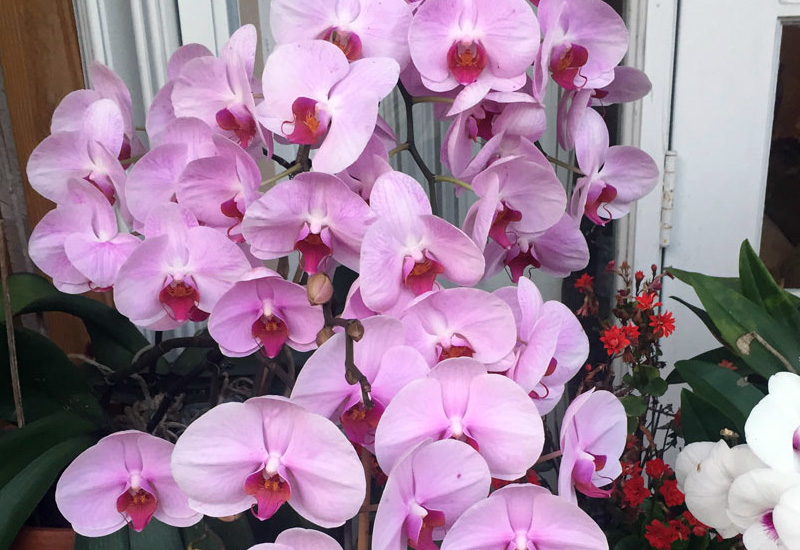
If you’ve ever wondered why your orchid died after you lovingly repotted it in regular potting soil, here’s the answer: most orchids are epiphytes, which means they naturally grow on tree bark in tropical rainforests, not in soil at all!
Orchids need an extremely chunky, well-draining mix that’s primarily composed of bark pieces, with some sphagnum moss, perlite, or coconut husk chips mixed in. You’ll want to look for orchid-specific potting mix, which is completely different from regular houseplant soil.
What makes orchid mix special: It’s designed to hold some moisture while allowing air to circulate freely around the roots. Regular potting soil retains too much water and doesn’t provide the air circulation that orchid roots desperately need.
Signs you’ve got the wrong mix: Root rot (mushy, brown roots), yellowing leaves, or an orchid that just never seems to thrive despite adequate light and careful watering.
Pro tip: If your orchid mix looks like it could work for other plants, it’s probably not chunky enough for orchids!
2. African Violets (Saintpaulia ionantha)
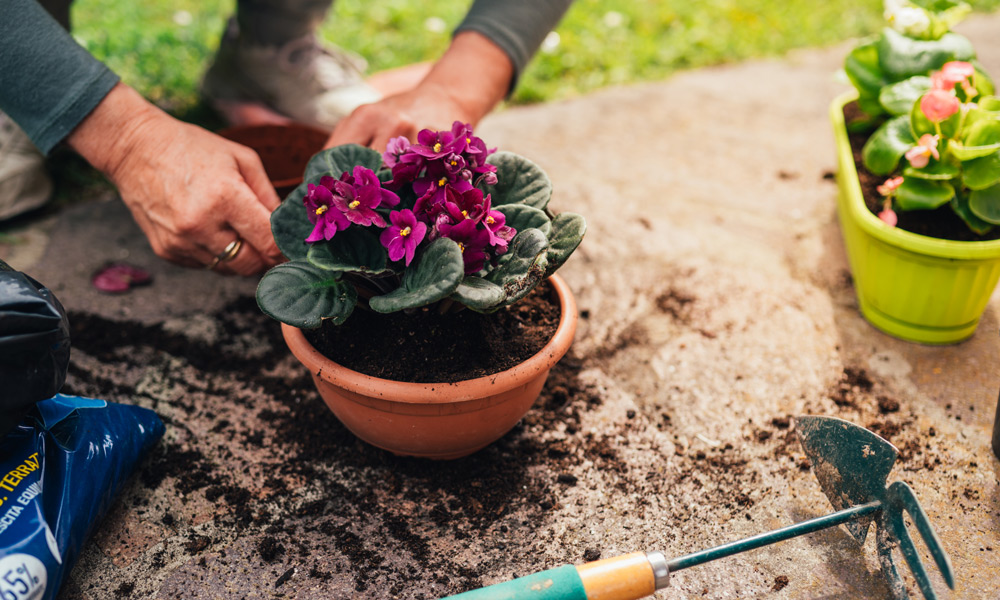
African violets are surprisingly particular about their soil requirements, and regular potting mix just won’t cut it for these fuzzy-leaved beauties. They need a soil that’s more acidic than most houseplants prefer, with a pH between 5.8 and 6.5.
You’ll want to use African violet-specific potting mix, which is typically composed of sphagnum peat moss, vermiculite, and perlite. This creates a light, fluffy texture that holds moisture evenly while still draining well – exactly what African violets crave.
Why they’re so picky: African violets have fine, delicate roots that can’t handle heavy, dense soil. They also need consistent moisture without being waterlogged, which requires a very specific soil structure.
What happens with wrong soil: Poor flowering, yellowing leaves, root rot, or plants that just never seem to reach their full potential despite good care.
Interesting fact: African violets are native to the mountains of Tanzania and Kenya, where they grow in very specific soil conditions that commercial African violet mixes try to replicate.
3. Cacti and Most Succulents (Echeveria, Jade Plants, Barrel Cacti)
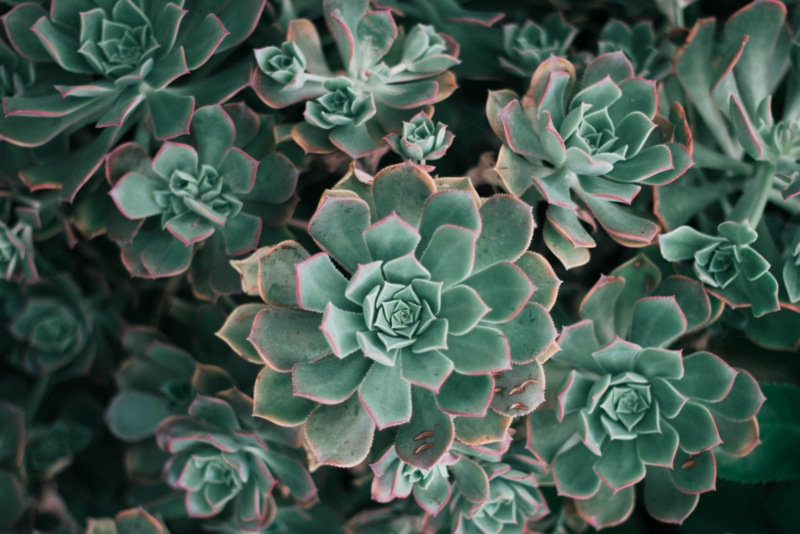
Here’s where many well-meaning plant parents go wrong: planting desert natives in moisture-retentive potting soil! Cacti and succulents evolved in arid environments with sandy, rocky soils that drain almost immediately after rain.
Cactus and succulent soil mix is specifically formulated to drain quickly and prevent the root rot that kills more succulents than anything else. These mixes typically contain a high percentage of coarse sand, perlite, and sometimes small gravel or pumice.
The drainage difference: While regular potting soil might stay moist for several days after watering, cactus mix should drain completely within minutes to hours.
Red flags with wrong soil: Soft, mushy plants; leaves that lose their firm texture; root rot; or succulents that stretch out and lose their compact form.
DIY tip: If you can’t find cactus mix, you can make your own by mixing regular potting soil with coarse sand and perlite in roughly equal parts. The key is creating a mix that drains fast!
4. Carnivorous Plants (Venus Flytraps, Pitcher Plants, Sundews)
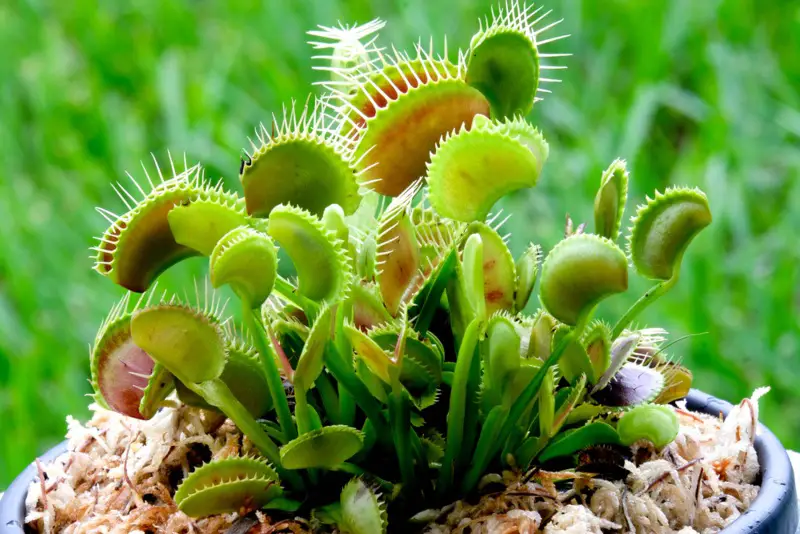
Carnivorous plants might be the most specialized when it comes to soil requirements. These fascinating plants evolved in nutrient-poor, acidic bogs and wetlands, and they absolutely cannot tolerate regular potting soil with its added fertilizers and higher nutrient content.
You’ll want to use a mix of sphagnum moss and perlite, or sometimes pure sphagnum moss. The soil should be consistently moist (even sitting in water), acidic, and completely free of any added nutrients or fertilizers.
Why regular soil kills them: Carnivorous plants have evolved to get their nutrients from catching insects, not from rich soil. Regular potting mix can actually “burn” their sensitive roots with too many nutrients.
Special requirements: Use only distilled water or rainwater – never tap water, which contains minerals that can harm these plants.
Care insight: If you’re thinking about getting a carnivorous plant, be prepared to provide very specific growing conditions. They’re fascinating but definitely not low-maintenance!
5. Blueberry Plants and Other Acid-Loving Edibles
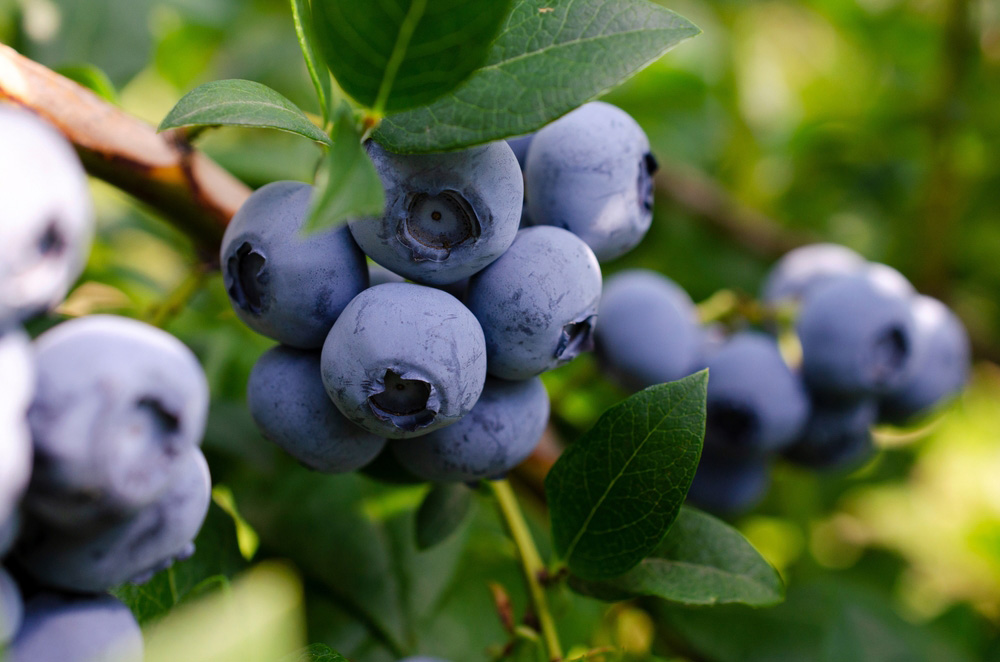
If you’re trying to grow blueberries, cranberries, or other acid-loving edible plants in containers, regular potting soil won’t give you the results you’re hoping for. These plants need soil with a pH between 4.5 and 5.5 – much more acidic than most potting mixes provide.
Acid-loving plant mix (sometimes called azalea/rhododendron mix) contains a higher percentage of peat moss and other acidifying ingredients. You can also find blueberry-specific potting mixes that are formulated for container growing.
Why acidity matters: These plants can’t properly absorb nutrients unless the soil pH is in their preferred range. In neutral or alkaline soil, they develop yellowing leaves (iron chlorosis) and poor growth.
Container growing tip: Blueberries actually do quite well in large containers with the right acidic soil mix, making them perfect for patios or small gardens.
The 5 Plants That Thrive in Regular Mix (No Special Soil Needed!)
1. Pothos (Epipremnum aureum)
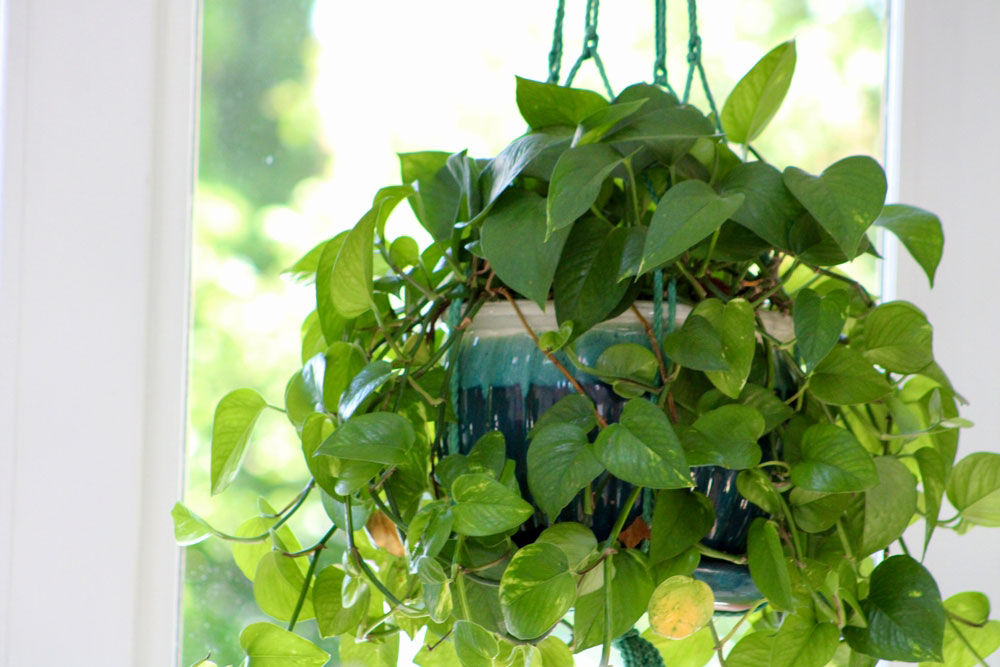
Pothos might just be the most adaptable houseplant when it comes to soil requirements! These vigorous vines will happily grow in virtually any well-draining potting mix, making them perfect for beginners or anyone who doesn’t want to fuss with specialty soils.
You can use any quality all-purpose potting mix for pothos, and they’ll thrive. They’re so adaptable that they’ll even grow in water indefinitely if you prefer that method!
Why they’re so easy: Pothos evolved as understory plants in tropical forests, where they had to adapt to whatever soil conditions they encountered as they climbed trees and spread across the forest floor.
Soil flexibility: Regular potting mix, indoor plant mix, even outdoor garden soil (if it drains well) – pothos really aren’t picky!
2. Snake Plants
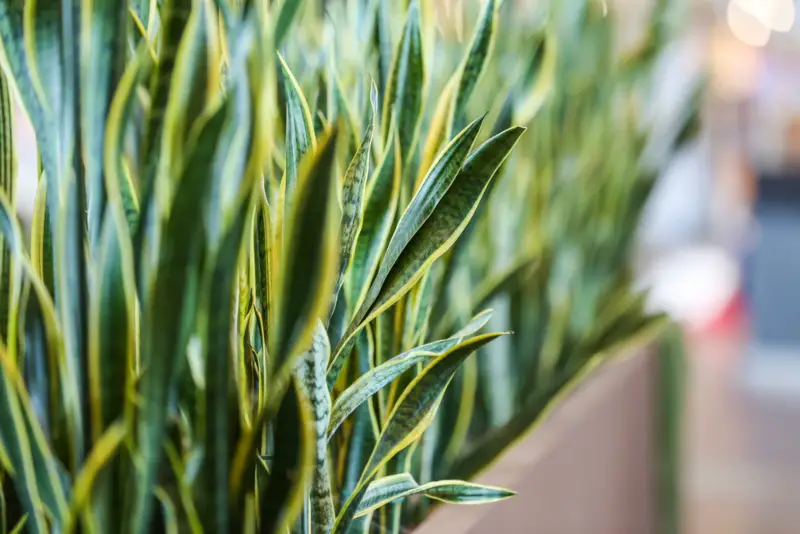
Snake plants are wonderfully unfussy about their soil requirements. While they appreciate well-draining soil, they’ll adapt to regular potting mix without any problems. In fact, their main soil requirement is simply that it doesn’t stay soggy!
Any standard houseplant potting mix will work perfectly for snake plants. If you’re concerned about drainage, you can add a bit of perlite, but it’s usually not necessary.
Adaptability factor: Snake plants are native to arid regions of West Africa, but they’re remarkably tolerant of different soil conditions as long as they don’t sit in waterlogged soil.
Bonus benefit: Their tolerance for regular potting soil makes them perfect for mixed planters or for gardeners who want to keep their soil shopping simple.
3. Rubber Trees (Ficus elastica)
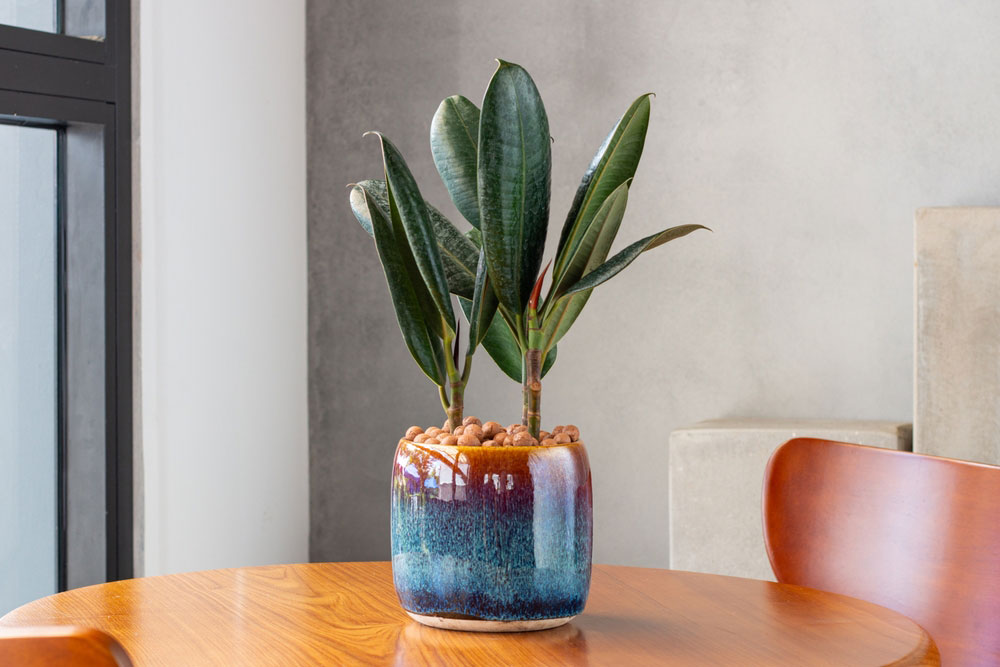
Rubber trees are another wonderfully adaptable plant that thrives in regular potting mix. These fast-growing trees appreciate well-draining soil but aren’t picky about the specific composition.
You can use any quality all-purpose potting mix for rubber trees, and they’ll reward you with glossy leaves and vigorous growth. They’re particularly forgiving of different soil types, making them excellent for beginners.
Growth advantage: In good regular potting soil, rubber trees can grow quite quickly and may need repotting every couple of years as they outgrow their containers.
Care simplicity: The fact that they thrive in regular soil is just one of many reasons rubber trees are considered excellent houseplants for busy people.
4. Philodendrons (Heart-leaf and other common varieties)
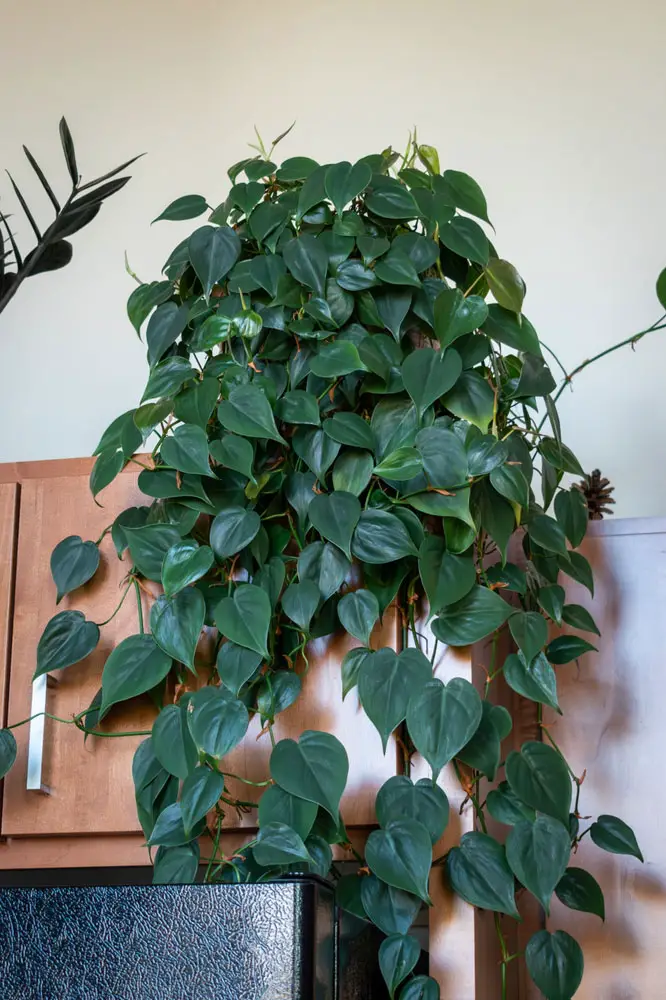
Most philodendrons are beautifully adaptable when it comes to soil requirements. These tropical plants will flourish in any well-draining, general-purpose potting mix, making them perfect for plant collectors who don’t want to manage multiple types of soil.
Standard indoor potting mix provides exactly what most philodendrons need: good drainage, adequate moisture retention, and a neutral to slightly acidic pH.
Tropical adaptability: In their native tropical environments, philodendrons grow as epiphytes and ground plants, so they’ve evolved to handle various soil conditions.
Collection advantage: If you’re building a collection of different philodendron varieties, you can use the same potting mix for most of them!
5. Spider Plants
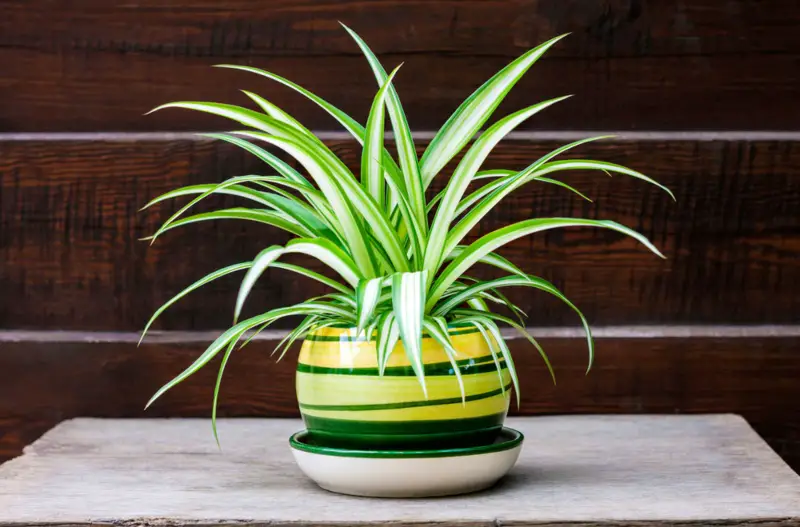
Spider plants are incredibly forgiving when it comes to soil requirements and will thrive in virtually any decent potting mix. They’re so adaptable that they’re often recommended as perfect starter plants for new houseplant enthusiasts.
Any standard houseplant potting mix will keep spider plants happy and healthy. They even tolerate less-than-perfect soil conditions better than many other houseplants.
Propagation bonus: When your spider plant produces those adorable plantlets (spiderettes), you can root them in the same regular potting mix without any special requirements.
Low-maintenance appeal: Their soil flexibility is just one reason spider plants have been popular houseplants for decades – they truly are forgiving!
How to Tell If You’ve Got the Soil Wrong
But how do you know if your plant is unhappy with its current soil situation? Here are the key signs to watch for:
Signs your plant needs different soil:
- Consistently soggy soil that doesn’t dry out properly
- Plants that seem stunted despite good care
- Root rot or musty smell from the soil
- Leaves that yellow or drop frequently
- Poor flowering in plants that should bloom regularly
- Water that runs right through without being absorbed
Signs your soil is working well:
- Plants that show steady, healthy growth
- Soil that holds moisture but drains excess water
- Roots that look white and healthy when you check them
- Plants that respond well to regular care routines
FAQ: Getting Your Soil Choices Right
Q: Can I mix different potting soils together to create something in between?
Absolutely! Many experienced plant parents create custom mixes by combining regular potting soil with amendments like perlite for drainage, or mixing cactus soil with regular soil for plants that need something in between. Just research your specific plant’s needs first.
Q: How often should I replace potting soil?
Most potting soils break down over time and should be refreshed every 1-2 years, or when you repot your plants. However, you can often just add fresh soil to the top or mix in some new soil when you water.
Q: Is expensive potting soil worth it?
Quality does matter with potting soil! Cheap mixes often contain too much actual dirt (which compacts) or too much bark (which doesn’t hold nutrients well). Mid-range to higher-end soilless mixes usually provide better drainage, aeration, and plant nutrition.
Q: Can I use garden soil for houseplants?
Generally, no. Garden soil is too heavy for containers and often contains insects, diseases, or weed seeds that you don’t want in your home. Stick with potting mixes designed for containers – they’re formulated to provide proper drainage and aeration that plants need in pots.
Q: What if I can’t find the specific soil mix my plant needs?
You can often make your own! For example, cactus mix can be made by adding coarse sand and perlite to regular potting soil. African violet mix can be created with peat moss, vermiculite, and perlite. There are lots of DIY recipes online for specific plant needs.

